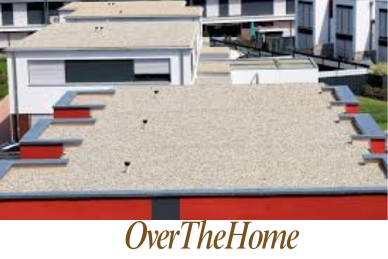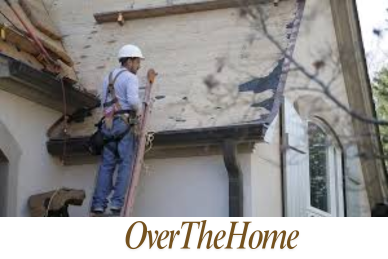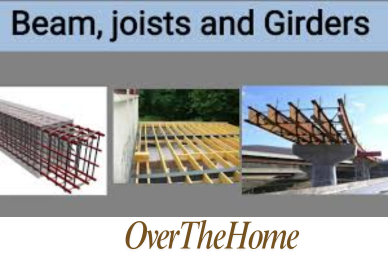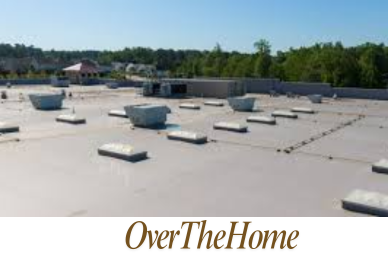Commercial Roof Vents vs Gable Vents: A Detailed Comparison
Proper ventilation plays a crucial role in ensuring the longevity of structures and the comfort of occupants. Two popular ventilation systems that often come into consideration are commercial roof vents and gable vents. Both systems have their merits, but the best choice depends on various factors specific to your building. Let’s explain each option in detail to understand their unique characteristics and applications.
What Are Commercial Roof Vents?
Commercial roof vents are ventilation systems installed directly on the roof surface. They come in various types, including:
- Static vents: These are non-moving vents that rely on natural convection to expel hot air.
- Powered vents: These use electric fans to actively remove hot air and moisture.
- Ridge vents: Long, narrow vents that run along the peak of a sloped roof.
How Do Roof Vents Work?
Roof vents operate on the principle of thermal buoyancy, often referred to as the “stack effect.” As hot air rises, it escapes through the vents, creating negative pressure that draws in cooler air from lower levels. This continuous cycle helps maintain a balanced temperature and reduces moisture buildup.
For example, in a 10,000-square-foot commercial building, a properly designed roof vent system can exchange the entire volume of air every 15-20 minutes, significantly improving air quality and temperature control.
Benefits of Commercial Roof Vents
Commercial roof vents offer significant benefits for building performance and maintenance. They can dramatically reduce attic temperatures by up to 50°F during summer months, leading to substantial cooling cost savings.
By efficiently expelling moist air, these vents prevent condensation, mold growth, and structural damage. The continuous air circulation they provide enhances indoor air quality by removing pollutants and odors. Proper ventilation can also increase energy efficiency, reducing HVAC workload by up to 30%.
Perhaps most importantly, roof vents can extend the lifespan of roofing materials by 20-30% by preventing heat and moisture accumulation, offering long-term protection for your commercial building investment.
When and Where Roof Vents Are Suitable
Commercial roof vents are particularly well-suited for:
- Large warehouse spaces
- Manufacturing facilities
- Office buildings with flat or low-slope roofs
- Retail centers in hot climates
For instance, a 50,000-square-foot warehouse in Phoenix, Arizona, installed a combination of static and powered roof vents, resulting in a 22% reduction in cooling costs and a more comfortable working environment for employees.
What Are Gable Vents?
Gable vents are openings installed in the gable ends of a building – the triangular portions of the wall that extend from the eaves to the peak of the roof. These vents allow air to circulate through the attic space, helping to regulate temperature and moisture levels.
How Do Gable Vents Function?
Gable vents work by creating a natural airflow path through the attic space. As wind blows across the exterior of the vent, it creates areas of high and low pressure, which drives air movement. Cool air enters through lower vents or soffits, while hot air exits through the gable vents.
Benefits of Gable Vents
Gable vents offer a range of advantages. As a cost-effective solution, they typically cost between $200 to $500 per vent, making them more budget-friendly than roof vents. Their installation is straightforward and less intrusive, causing minimal disruption to building operations.
Gable vents effectively improve attic ventilation, reducing temperatures by 10-20°F, which helps prevent ice dams in winter and excessive heat buildup in summer. Additionally, the improved air circulation they provide plays a crucial role in moisture reduction, preventing condensation and mold growth in attic spaces.
This combination of affordability, ease of installation, and effective performance makes gable vents an attractive option for many commercial properties.
When and Where Gable Vents Are Suitable
Gable vents are well-suited for:
- Small to medium-sized commercial buildings
- Structures with pitched roofs and attic spaces
- Buildings in moderate climates
- Historical or architecturally significant buildings where roof alterations are undesirable
For example, a 5,000-square-foot office building in Charleston, South Carolina, incorporated gable vents into its traditional architectural design, effectively managing attic temperatures while preserving the building’s historical aesthetic.
Limitations of Gable Vents
While gable vents offer several advantages, they do have some limitations:
- May not provide sufficient ventilation for large commercial spaces
- Effectiveness depends on natural wind patterns, which can be inconsistent
- Requires proper soffit venting to create an effective airflow path
Comparative Analysis: Roof Vents vs Gable Vents
To help you visualize the key differences between commercial roof vents and gable vents, let’s examine a comparative table:
| Factor | Commercial Roof Vents | Gable Vents |
| Ventilation Capacity | High (can vent up to 1,600 sq ft per vent) | Moderate (typically vents 300-600 sq ft per vent) |
| Initial Cost | $300-$1,500 per vent | $200-$500 per vent |
| Installation Complexity | Moderate to High | Low to Moderate |
| Maintenance Requirements | Annual inspection and cleaning | Minimal (periodic cleaning) |
| Energy Efficiency | High (can reduce cooling costs by 10-30%) | Moderate (5-15% reduction in cooling costs) |
| Weather Resistance | Excellent (designed to withstand direct exposure) | Good (less exposed to elements) |
| Aesthetic Impact | Moderate (visible on roof surface) | Low (integrated into building design) |
| Suitability for Large Buildings | Excellent | Limited |
| Climate Adaptability | Works well in all climates | Most effective in moderate climates |
How to Decide Which Ventilation System to Choose
When deciding between commercial roof vents and gable vents, consider the following factors:
Building size and design
Larger buildings typically benefit more from roof vents due to their higher ventilation capacity. A 100,000-square-foot distribution center, for instance, would likely require a combination of static and powered roof vents to achieve optimal air circulation.
Climate and weather patterns
In areas with extreme temperatures or high humidity, such as Miami, Florida, roof vents often provide more consistent ventilation. They can handle the intensive cooling demands of summer, where attic temperatures can soar to 150°F or more without proper ventilation.
Ventilation needs
Calculate your building’s ventilation requirements using the formula: 1 square foot of ventilation per 300 square feet of attic space. This will help determine whether roof vents or gable vents can meet your needs.
Energy efficiency goals
If reducing HVAC costs is a priority, roof vents typically offer greater energy savings. A medium-sized office building might see annual energy savings of $2,000-$5,000 with an efficiently designed roof vent system.
Budget constraints
While roof vents often provide superior performance, they come at a higher initial cost. For a 20,000-square-foot building, a comprehensive roof vent system might cost $10,000-$15,000, compared to $3,000-$5,000 for gable vents.
Maintenance capabilities
Consider your maintenance team’s capacity. Roof vents require regular inspections and occasional repairs, while gable vents generally need less attention.
Can You Combine Roof and Gable Vents?
In some cases, a hybrid approach using both roof and gable vents can provide optimal ventilation. This strategy can be particularly effective for buildings with complex layouts or those in transitional climates.
For example, a 30,000-square-foot school building in Kansas City, Missouri, implemented a combination of ridge vents along the roof peaks and gable vents at the ends of the building. This setup provided excellent air circulation during hot summers and helped prevent ice dams in winter, resulting in a 25% reduction in overall HVAC costs.
When considering a combined system, it’s crucial to ensure proper balance. An experienced HVAC engineer can help design a system that maximizes airflow without creating conflicting air currents.
Takeaways
While roof vents generally offer superior performance and versatility, particularly for larger buildings or extreme climates, gable vents can be an effective and economical solution for smaller structures or those with architectural constraints. Remember:
- Roof vents excel in high-capacity ventilation and are suitable for a wide range of building types and climates.
- Gable vents offer a cost-effective solution for smaller buildings with attic spaces and can be aesthetically pleasing.
- A combination of both systems can provide optimal results in some cases.
Ultimately, the best ventilation strategy is one that’s tailored to your unique situation. Consider consulting with a professional HVAC engineer or building scientist to conduct a thorough assessment of your ventilation needs. They can provide a customized recommendation that balances performance, energy efficiency, and cost-effectiveness.
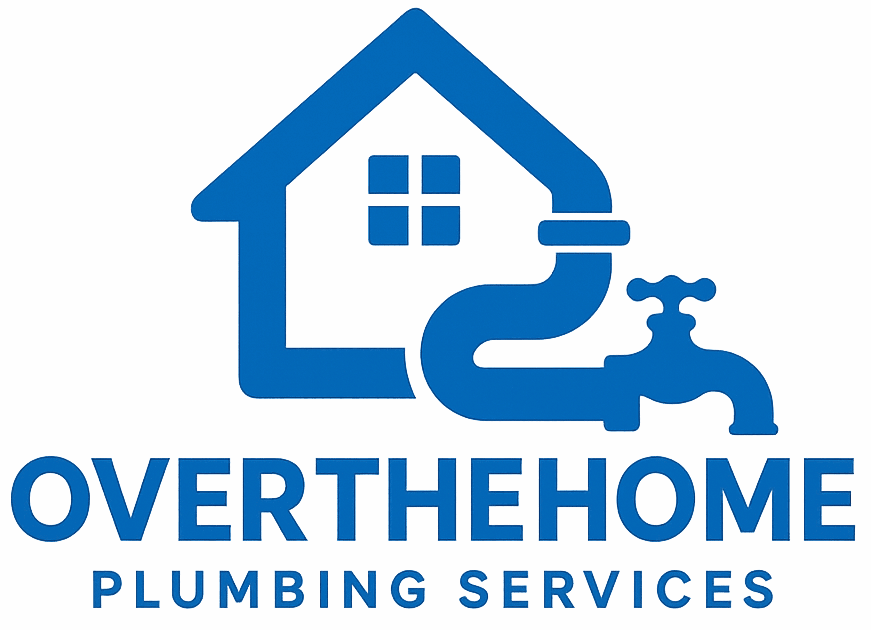
![How to Read Roofing Blueprints | [Answered]](https://overthehome.com/wp-content/uploads/2025/04/Overthehome-35.png)
